Rattling Noise in Your Car: Quick Guide to Find and Fix It
If you’ve heard a rattling sound while driving, you’re probably wondering what’s going on under the hood. A rattling noise can be harmless, like a loose bottle, or a sign of something that needs attention soon. Below we break down the most common sources, how you can check them yourself, and when it’s time to bring the car to a professional.
Where the Rattle Usually Comes From
First, think about when the noise starts. Does it happen only over bumps, when you brake, or all the time? Here are the usual suspects:
- Loose interior parts: Things like seat belt clips, cup holders, or dashboard trim can vibrate when you hit a speed bump.
- Wheels and tyres: A stone stuck in the tread or a badly balanced wheel will make a click‑y rattle at certain speeds.
- Suspension components: Worn bushings, broken sway bar links, or loose shocks produce a deep thump that feels like it’s coming from the chassis.
- Brake hardware: If the brake pads or caliper pins are loose, you’ll hear a metallic rattling when you slow down.
- Exhaust system: A cracked pipe or loose heat shield will shake and create a rattling tone, especially when you accelerate.
- Engine bay: Loose belts, a failing water pump, or a stuck valve cover can make a constant rattling that’s louder when the engine revs.
Knowing the area helps you narrow down the test.
Step‑by‑Step DIY Checks
1. Listen from the inside. Sit in the driver’s seat with the windows up. Turn the engine on and rev it a little. Does the rattle follow the engine speed? If yes, look at engine components.
2. Check the wheels. Park on a level surface, spin each wheel by hand. Feel for wobble and listen for metal hitting metal. Tighten any loose lug nuts (but don’t over‑tighten) and look for stones lodged in the tyre tread.
3. Inspect the suspension. Push down on each corner of the car and let it bounce. A single ‘boom’ that doesn’t settle can mean a bad shock or strut. Look for cracked rubber bushings or nuts that have worked loose.
4. Test the brakes. With the car stopped, gently press the brake pedal. Listen for rattling from the calipers. If you hear it, the brake pins may need lubrication or the pads could be loose.
5. Look under the car. Use a flashlight to scan the exhaust pipes, heat shields, and under‑body panels. A loose heat shield will often rattle against the metal chassis. Tighten any bolts you can reach.
If any of these checks reveal a problem, you can often fix simple things yourself—tighten a bolt, replace a worn bushing, or clean a wheel. For anything that feels unsafe or you’re not comfortable doing, head to a trusted garage.
At Northwich Tyres Centre we can sort out noisy wheels, check tyre balance, and replace worn suspension parts. Our team also handles brake inspections and exhaust repairs, so you won’t have to guess where the rattle is coming from.
Remember, a rattling noise that gets louder or changes pitch is a warning sign. Ignoring it can lead to bigger, costlier repairs down the road. A quick check now can save you time, money, and a lot of stress.
Got a rattling problem you can’t pinpoint? Bring the car in for a free noise diagnosis. We’ll listen, test, and give you a clear plan so you can get back on the road without the annoying sound.
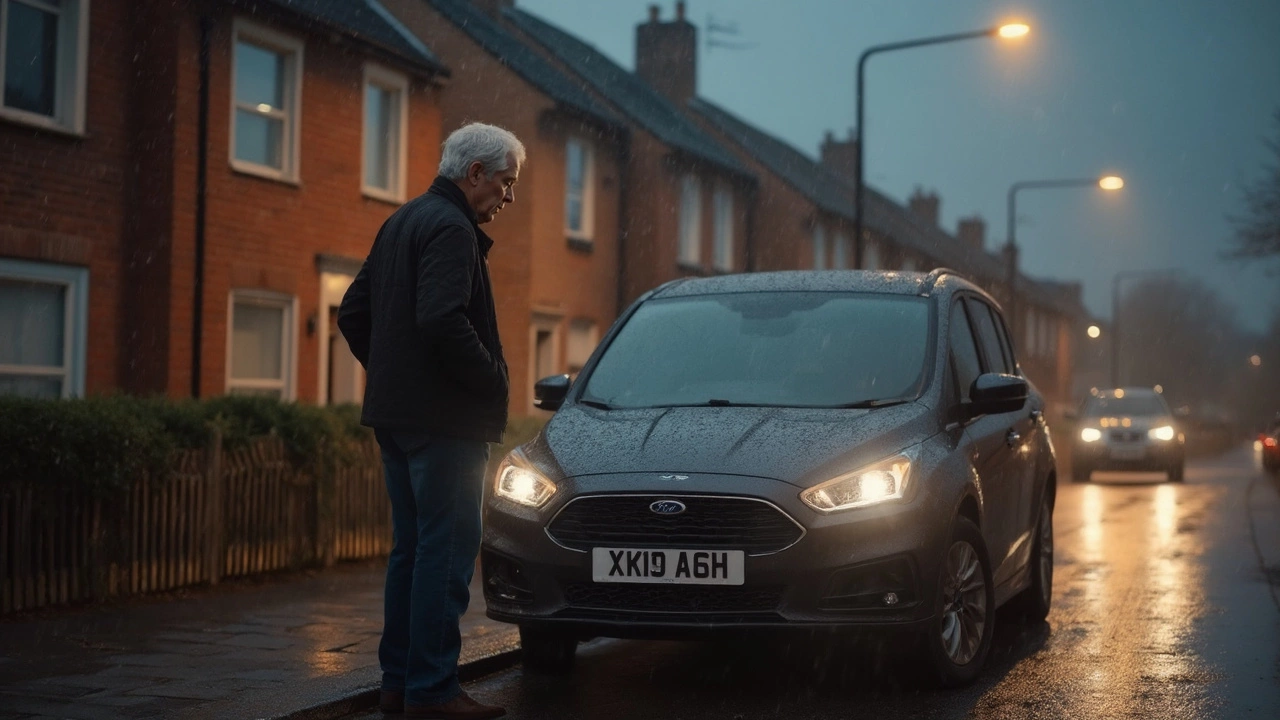 13 June 2025
13 June 2025
Suspension Noise Types: Three Sounds That Signal Trouble
Weird noises coming from your car’s suspension aren’t just annoying—they’re a big red flag. This article breaks down three specific types of sounds that scream something’s wrong with your suspension. Find out what each noise usually means, how they happen in real-world driving, and get some handy tips to track down the cause before things get worse. Everyday examples make it all crystal clear so you know what to listen for. Save yourself time, stress, and money by catching the early warnings.
Latest Posts
-
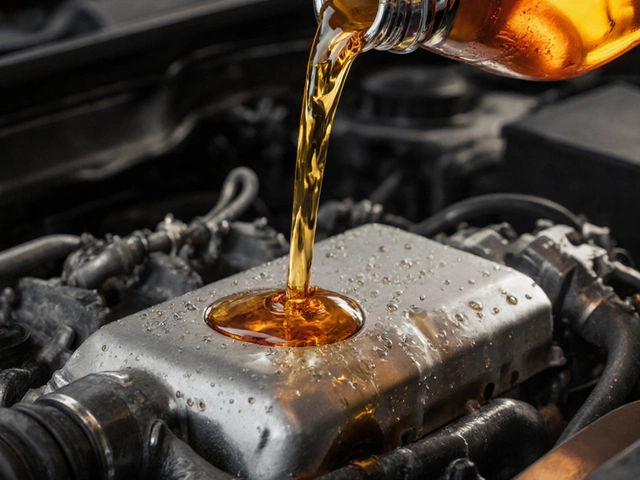
Using Regular Oil Instead of Synthetic: Risks, Effects & What to Expect
-
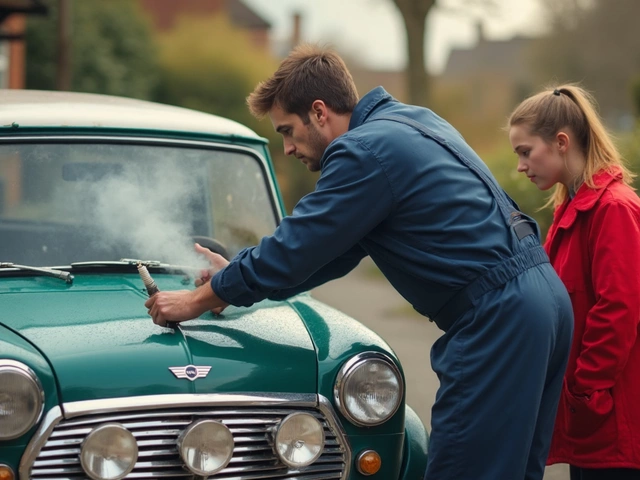
Bad Spark Plugs: What Really Happens to Your Engine
-
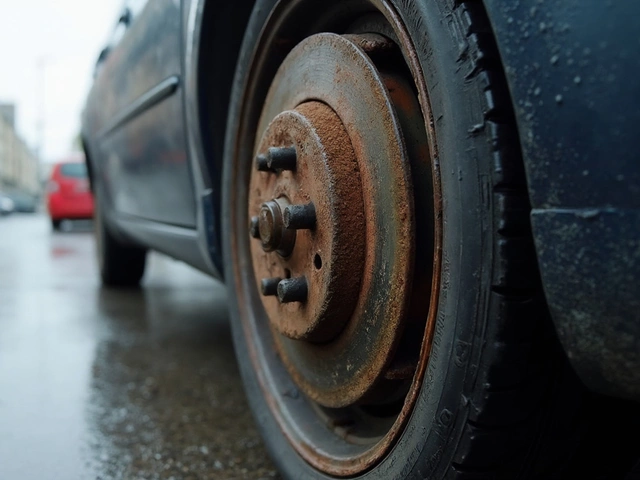
How to Tell If Rotors Are Bad: Easy Signs Your Brakes Need Help
-
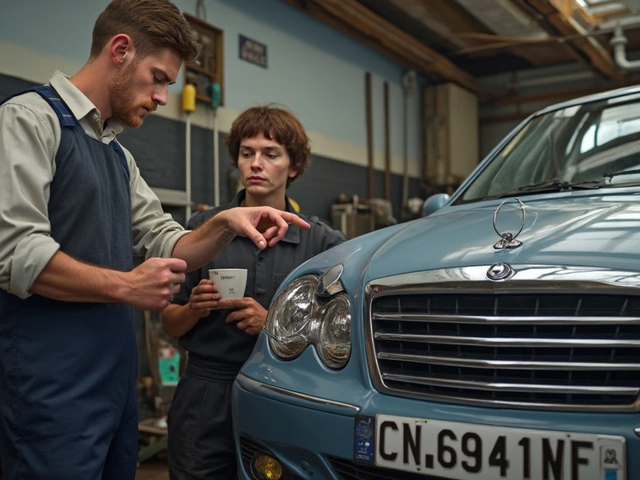
How Do I Know If I Need a New Clutch Kit? Signs, Tips, and What to Do Next
-

Which Type of Air Filter Lasts the Longest?

0